Range 3,774 km Top speed 900 km/h Cruise speed 875 km/h | Wingspan 16 m Length 17 m Weight 5,293 kg | |
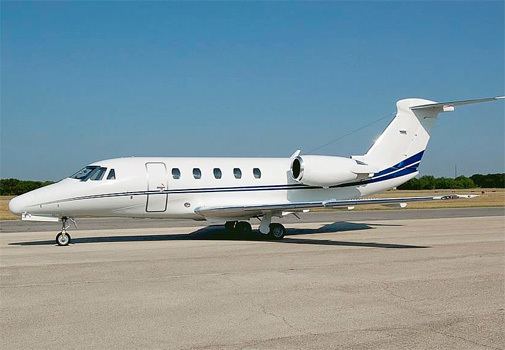 | ||
Cessna citation iii n409sf 650 0029 welcome aboard mp4
The Cessna Citation III was the first of the Model 650 series of Citation jets, which are mid-sized, high-performance business jets. The Citation III led to the later development of the Citation VI and Citation VII. The 650 series was the second of six distinct "families" of jets marketed by Cessna Aircraft Company under its Cessna Citation brand.
Contents
- Cessna citation iii n409sf 650 0029 welcome aboard mp4
- Cessna citation iii vi 650 high performance takeoff from kues waukesha wi
- Citation III
- Citation IV
- Citation VI
- Citation VII
- Variants
- Specifications Citation III
- References
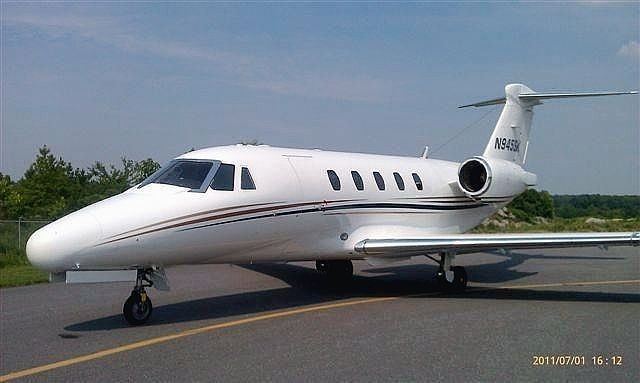
Cessna citation iii vi 650 high performance takeoff from kues waukesha wi
Citation III
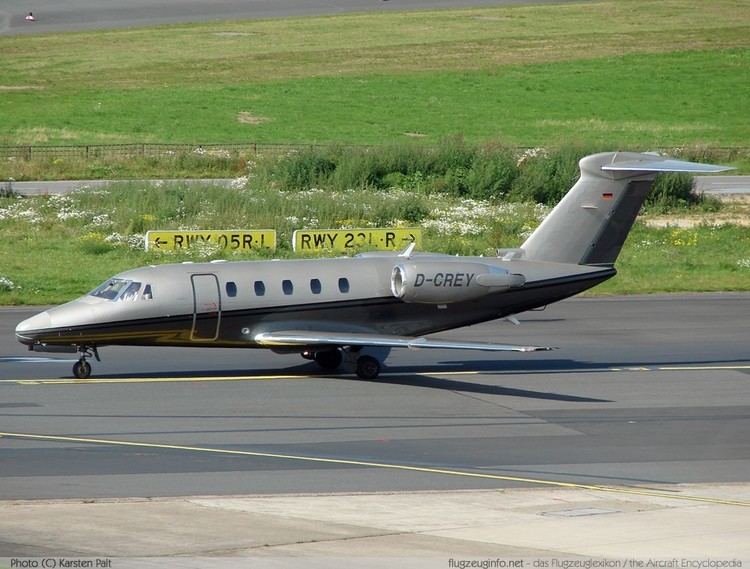
While the Citation I and II were successful from a sales perspective, their nearest competitors were twin-engine turboprop aircraft. Cessna decided it needed a high performance, mid-sized jet to compete with the growing market of fast corporate jets. To develop such an aircraft, Cessna started from scratch for its design, rather than building on the existing Citation line. Development of the Citation III began in 1978 and the first prototype made its maiden flight May 30, 1979, with the second prototype flying on May 2, 1980. After a typical development flight test program, the aircraft received its Federal Aviation Administration (FAA) type certification on April 30, 1982.
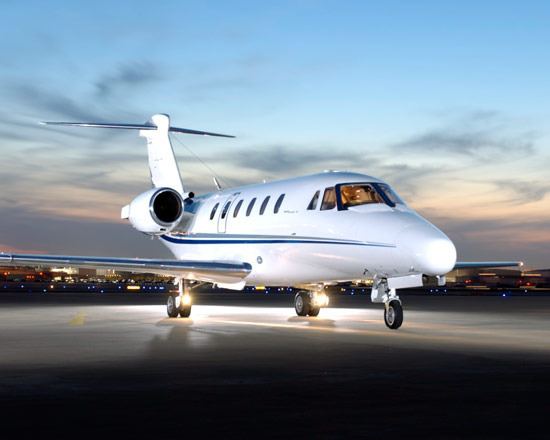
The aircraft is flown by a crew of two, and with a typical corporate interior will seat six passengers, although in a high-density configuration, it can seat up to 13. It is powered by a pair of Garrett TFE731-3B turbofan engines.
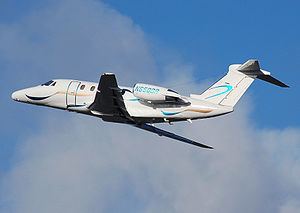
In 1983, just after the first aircraft were delivered to customers, the Citation III set several class records, including two time-to-climb records and an overall speed record of 5 hours, 13 minutes for a flight from Gander, Newfoundland to Paris' Le Bourget Airport. Production continued for nine years until 1992, with a total of 202 Citation IIIs being built.
Citation IV
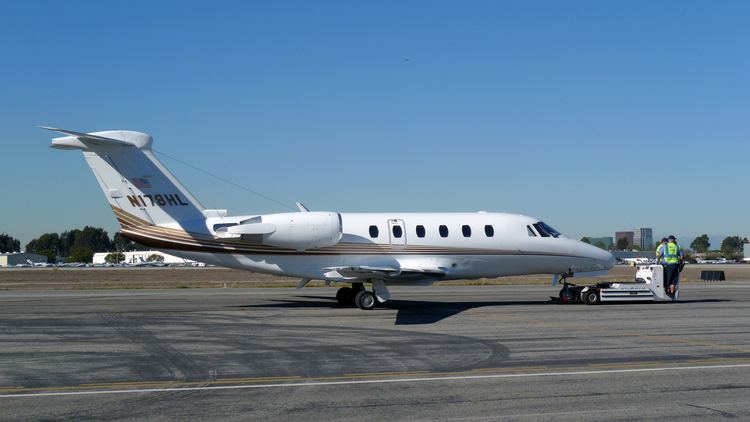
In 1989, Cessna announced an upgrade of the Citation III with larger fuel tanks for extra range, while other modifications would improve the aircraft's short-runway performance, enabling it to operate from more airports. The upgraded aircraft was to be called the Citation IV, however Cessna cancelled the program before the first aircraft was built.
Citation VI
Instead of the Citation IV, Cessna focused its attention on developing two other versions of the III simultaneously. The first of these, the Citation VI, was intended to be an economy version of the III; with a basic, standardized avionics package and a generic cabin interior, without the option of custom interiors that were designed for each customer as was the practice with the III. The first flight of the VI took place in 1991, but only 39 aircraft were built before the model was discontinued in May 1995.
Citation VII
The second aircraft that Cessna worked on after the cancellation of the IV was the Citation VII, which again was based on the III but intended to take a big step forward in performance. The Citation VII has an advertised max cruise speed of 480 knots. Improved Garrett TFE731-4R engines enabled the aircraft to operate from higher-altitude airfields during hotter weather, when density altitude prohibited operations of the III. First flight of the VII took place in February 1991, and by the time production ended nine years later, 119 aircraft had been built.
Variants
Specifications (Citation III)
Data from The Cessna Citations, (Donald J. Porter)
General characteristics
Performance
